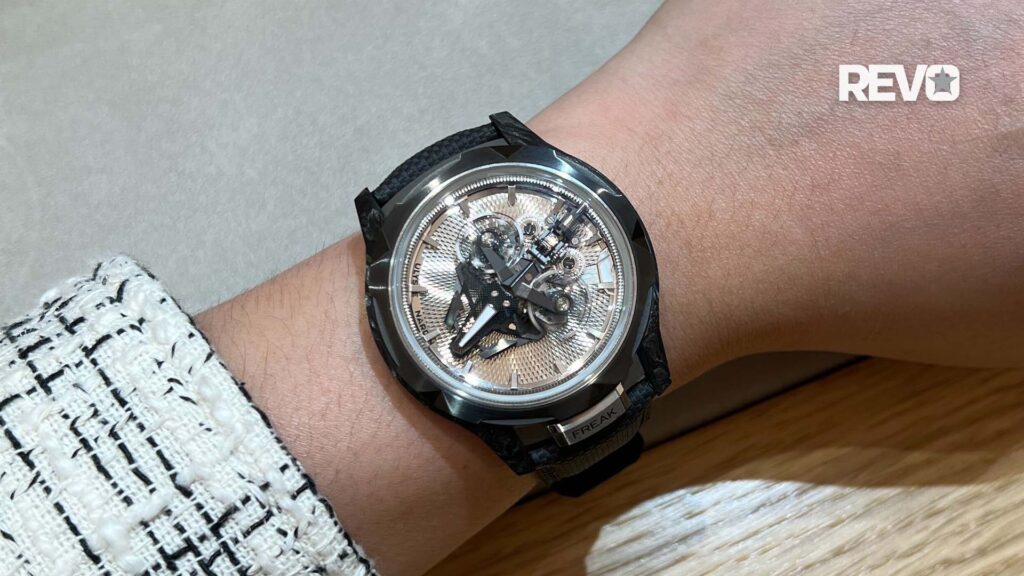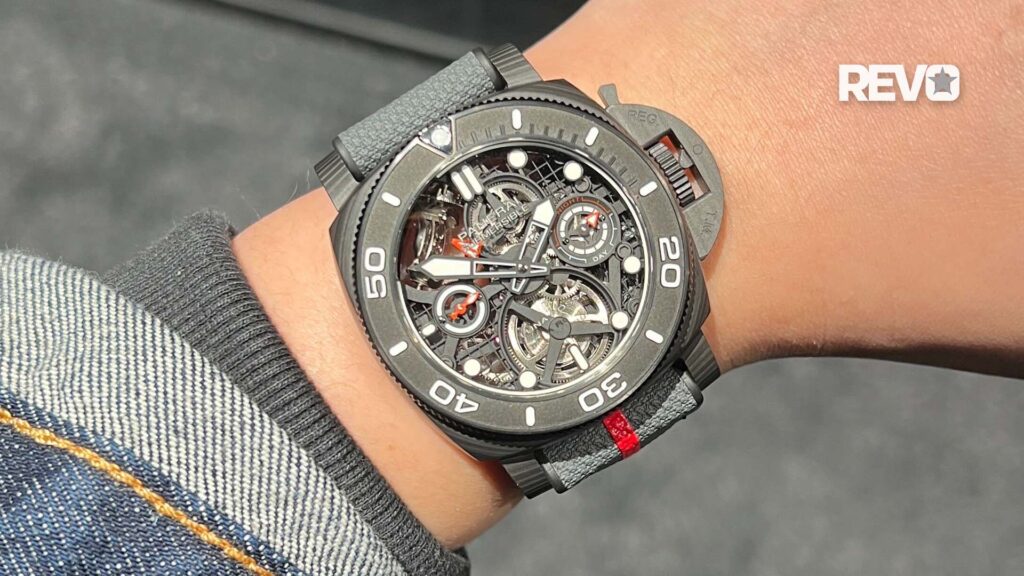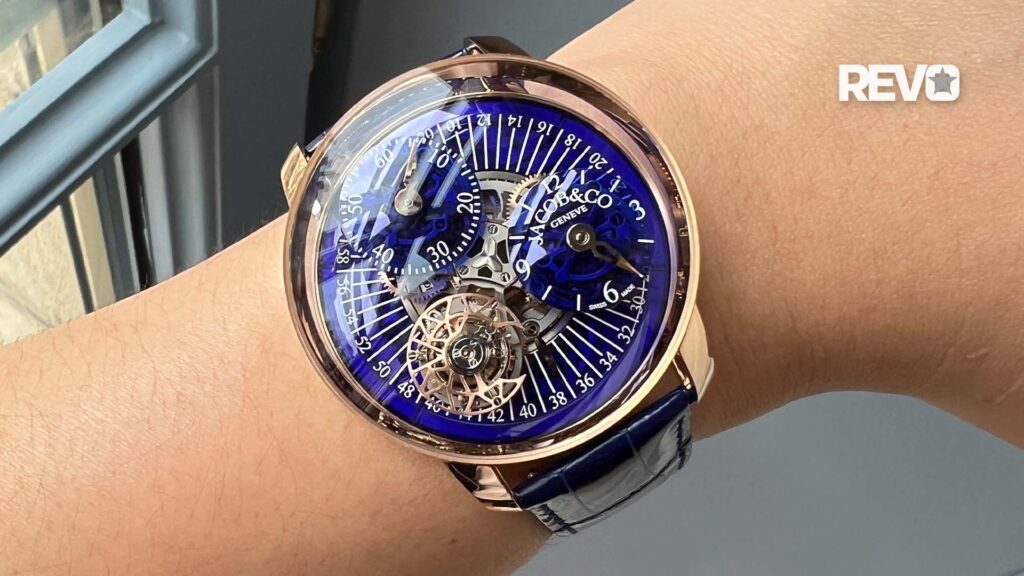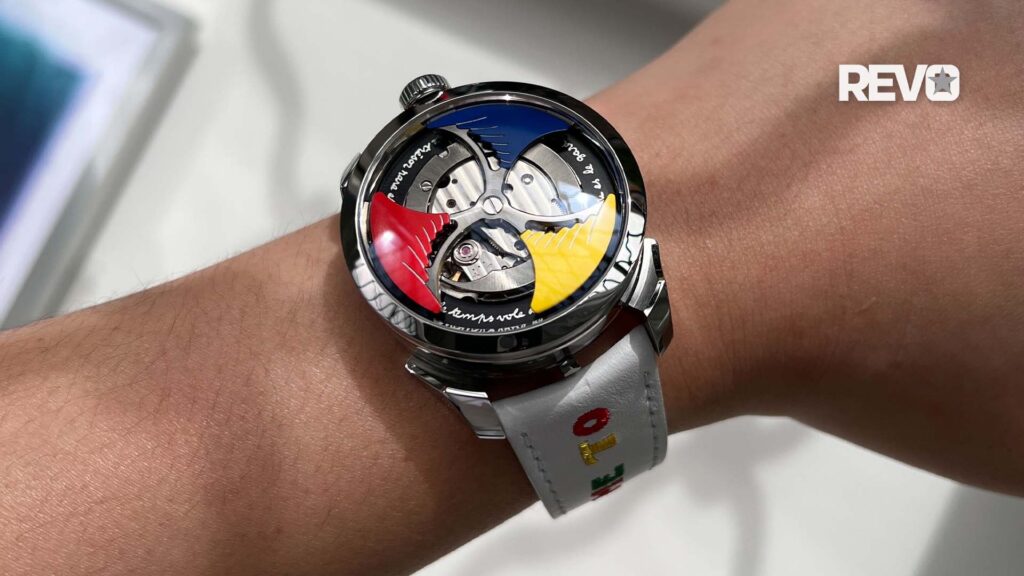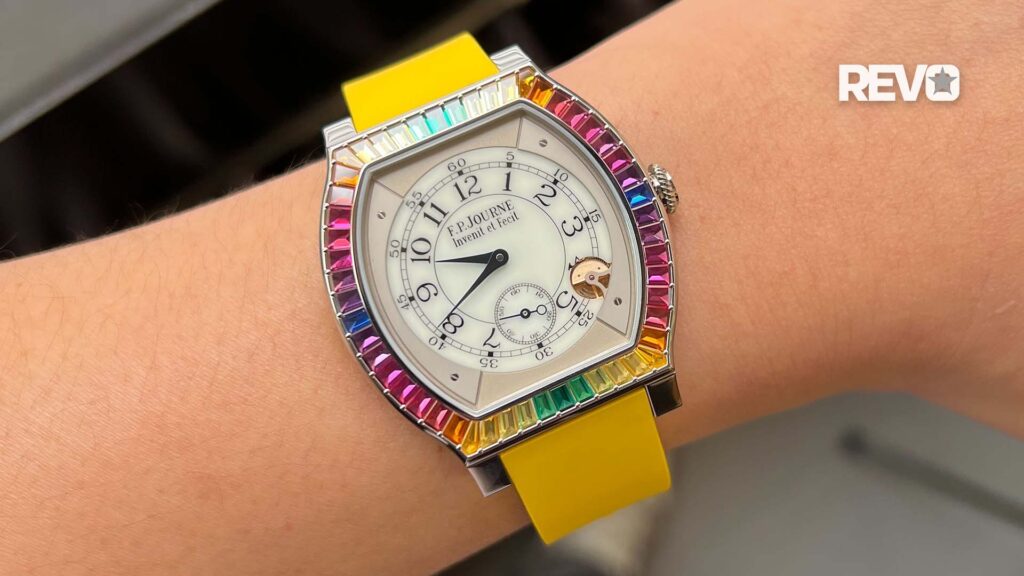Uncategorised
Hands On With Ultra-Slim History: An Introduction to a New Series on Revo-Online
Name a watch brand that doesn’t have a tourbillon in its collection? They’re still out there, but their number seems to decrease every year. Even though many brands don’t make their tourbillons in-house, it does illustrate how technically complicated movements have become more and more a part of the general landscape in the watch world, rather than the exclusive territory of only a few Haute Horlogerie brands. Even complications become more complicated, made by combining them, developing new ones or taking a different approach. All the more necessary when the competition is right around the corner!
There is however a sanctuary that only those who have truly mastered every single aspect of watchmaking can enter, a place that looks seemingly uncomplicated, yet will test even the most experienced watchmaker to the fullest; this is the territory of the ultra-slim watch.
 Creating an ultra-slim movement is incredibly difficult. Lack of space is often the main problem when creating a new watch movement. When a brand is voluntarily going to limit the tight space in a watch to even smaller proportions, they are just asking for trouble. Watch parts are in general already quite small, but those who make ultra-slim watches have to be able to deal with parts that are almost at a microscopic level. Designing these parts is one thing, but having the machinery and skills to actually craft them is a whole other ballgame. When we think of watchmaking we often only think of the man or woman that puts all the parts together; the watchmaker. Only a handful of small companies still have watchmakers that make all the parts that go into a watch, but most watch manufacturers have specialized employees that work with enormous and highly sophisticated CNC-machines to do this job. In the case of ultra-slim watches the craftsmanship of these employees and the technical abilities of the CNC-machines are tested to their limits.
Creating an ultra-slim movement is incredibly difficult. Lack of space is often the main problem when creating a new watch movement. When a brand is voluntarily going to limit the tight space in a watch to even smaller proportions, they are just asking for trouble. Watch parts are in general already quite small, but those who make ultra-slim watches have to be able to deal with parts that are almost at a microscopic level. Designing these parts is one thing, but having the machinery and skills to actually craft them is a whole other ballgame. When we think of watchmaking we often only think of the man or woman that puts all the parts together; the watchmaker. Only a handful of small companies still have watchmakers that make all the parts that go into a watch, but most watch manufacturers have specialized employees that work with enormous and highly sophisticated CNC-machines to do this job. In the case of ultra-slim watches the craftsmanship of these employees and the technical abilities of the CNC-machines are tested to their limits.
It is true that officially the ultra-slim movement doesn’t exist, since definitions will vary depending on who is measuring. When is the thickness of a movement slim and when does it become ultra-slim? Do we measure only the movement, or the whole watch? Nobody knows and every answer is acceptable depending on how the question is asked. However, there is a self-correcting aspect at work here. Nobody is stopping a manufacture of a 4mm thick automatic movement from advertising it as an ultra-slim, but seasoned watch connoisseurs will know in a heartbeat that there are also ultra-slim offerings that cut the height by at least 40%. This is information that is also available to everyone else with the use of an online search engine. What then is left is “locker room talk”; the discussion “Who has the thinnest?” shows much similarities as the discussion “Who is the oldest?”. The only difference is that watch brands can’t become older, but they can make thinner watches! Of course the brands that participate in these discussions all have more than vital claims, since one doesn’t become a maker of ultra-slim watches over night.
 Making an ultra-slim movement is difficult enough. But when all the trouble is taken to create such a movement, it has to be shown off at least a little bit. Cases are shaved down to the bare minimum, hands are almost glued on the dial, while hour markers are printed instead of applique, and even the straps have to go on a diet, all to show off the technical accomplishment of the ultra-thin movement. Don’t take that “showing off” too literal by the way. Most ultra-slim watches are rather understated, often only revealing their special nature to their lucky owners, and the few connoisseurs that can recognize such greatness, or thinness, from a distance.
Making an ultra-slim movement is difficult enough. But when all the trouble is taken to create such a movement, it has to be shown off at least a little bit. Cases are shaved down to the bare minimum, hands are almost glued on the dial, while hour markers are printed instead of applique, and even the straps have to go on a diet, all to show off the technical accomplishment of the ultra-thin movement. Don’t take that “showing off” too literal by the way. Most ultra-slim watches are rather understated, often only revealing their special nature to their lucky owners, and the few connoisseurs that can recognize such greatness, or thinness, from a distance.
 Ultra-slim watches don’t get any special treatment. That means that even their movements have to be decorated in the fashion of the brand they are from. Decorating a regular movement already requires a great amount of expertise and craftsmanship, but when the movement is ultra-slim one really has to be at the top one’s game to be able to execute it. The smallest gesture in the wrong direction can render a valuable watch-part into scrap metal.
Ultra-slim watches don’t get any special treatment. That means that even their movements have to be decorated in the fashion of the brand they are from. Decorating a regular movement already requires a great amount of expertise and craftsmanship, but when the movement is ultra-slim one really has to be at the top one’s game to be able to execute it. The smallest gesture in the wrong direction can render a valuable watch-part into scrap metal.
 And then there is the final complication; the distinct customer. They might be lured by a record breaking achievement to actually purchase the watch, yet apart from being really thin they will also have the usual expectations that any watch buyer will have. They expect the watch to be precise, durable and reliable, and the thinner you make a watch, the harder it is to accomplish this. Since only very serious Haute Horlogerie brands even think about creating an ultra-slim movement, there is a lot at stake. Reputations can be lost, or at least damaged, when an ultra-slim icon turns to be an unreliable and troublesome daily companion for its owner. Unacceptable, yet adding considerably more to the challenge!
And then there is the final complication; the distinct customer. They might be lured by a record breaking achievement to actually purchase the watch, yet apart from being really thin they will also have the usual expectations that any watch buyer will have. They expect the watch to be precise, durable and reliable, and the thinner you make a watch, the harder it is to accomplish this. Since only very serious Haute Horlogerie brands even think about creating an ultra-slim movement, there is a lot at stake. Reputations can be lost, or at least damaged, when an ultra-slim icon turns to be an unreliable and troublesome daily companion for its owner. Unacceptable, yet adding considerably more to the challenge!
In the upcoming weeks we will dive deep into the history of ultra-slim movements and watches, highlighting the select few that can call this extraordinary place within the watchmaking world their home.
Martin Green
Eclectic taste in Haute Horlogerie, passion for diamond set watches, loves the classics






